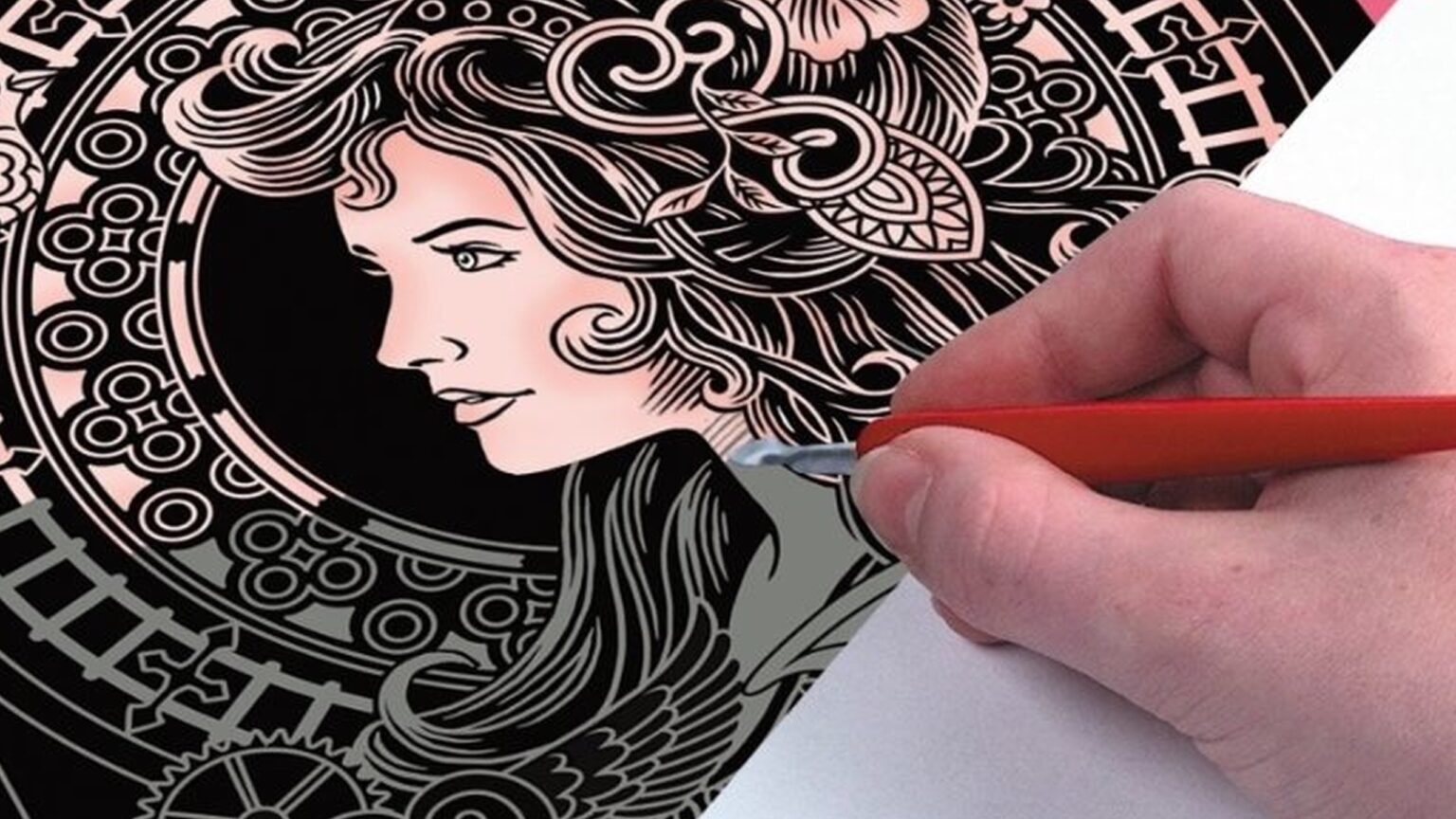In an initiative to empower artists and protect their digital artwork from unauthorized use, researchers from the University of Chicago have unveiled ‘Nightshade,’ a tool designed to ‘poison’ digital art.
By subtly altering the pixels in artworks before they are uploaded online, Nightshade ensures that any attempt by AI models to scrape and train on these images will result in chaotic and unpredictable outcomes, effectively breaking the models.
This tool emerges in response to the growing concerns and legal challenges faced by AI giants like OpenAI, Meta, and Google as artists worldwide clamor for respect for their copyright and intellectual property.
Artists, best tool we could have asked for to fight this unprecedented exploitation of our labor is here!
Coming from the creators of @TheGlazeProject, Nightshade lets us poison datasets, damage models and teach AI companies to ask for permission first.https://t.co/WurjNDpvsl pic.twitter.com/iEP3TJBhVh
— Katria (@katriaraden) October 23, 2023
According to people familiar with the matter, Nightshade not only promises to restore the balance of power to the creators but also stands as a testament to the innovative ways in which the artistic community is fighting back.
Nightshade: A fight for artist’s rights
Developed under the leadership of Ben Zhao, a distinguished professor at the University of Chicago, Nightshade is a testament to the resilience and innovation of the artistic community. The tool introduces invisible changes to the pixels in artworks, rendering them toxic to AI models if used without permission.
When these ‘poisoned’ images are scraped into a training dataset, they cause substantial malfunctions in the AI outputs, turning dogs into cats, cars into cows, and creating a myriad of chaotic results. MIT Technology Review, which received an exclusive preview of the ongoing research, highlighted the potential of Nightshade to damage future iterations of prominent image-generating AI models such as DALL-E, Midjourney, and Stable Diffusion.
A deterrent against infringement
Nightshade isn’t just about sabotaging AI models; it’s a powerful deterrent aimed at tilting the balance of power back in favor of artists. With numerous artists filing lawsuits against major tech corporations for scraping their copyrighted material without consent, Nightshade emerges as a beacon of hope.
By making the tool open source and integrating it with another tool called Glaze, which masks an artist’s style from AI scrapers, the researchers are providing artists with a choice. They can now actively participate in protecting their work while contributing to a growing arsenal of defense mechanisms against unauthorized AI training.
A call for robust defenses
However, innovation doesn’t come without challenges and potential risks. According to the MIT Technology Review, the introduction of Nightshade into the digital art sphere highlights a significant security vulnerability in generative AI models due to their reliance on extensive data sets scraped from the internet. Nightshade exploits this by ‘poisoning’ these data sets.
This method has shown efficacy in tests conducted on Stable Diffusion’s latest models and an AI model trained from scratch by the researchers.
The results were stark; with just 50 poisoned images of dogs, the output from Stable Diffusion began to distort, turning images of dogs into bizarre, cartoonish creatures. Yet Zhao acknowledges the potential for malicious use of data poisoning, emphasizing the need for the development of robust defenses against such attacks.

A step toward fairness
Per experts, the development of Nightshade and Glaze is a stride toward empowering artists in the digital age, providing them with tools to protect their work, and challenging the status quo of AI companies.
Opt-out policies offered by AI developers have been criticized for placing undue burdens on artists and leaving companies with overbalanced power. Nightshade challenges this, offering artists a proactive means to protect their work and demand respect for their rights.









 and then
and then